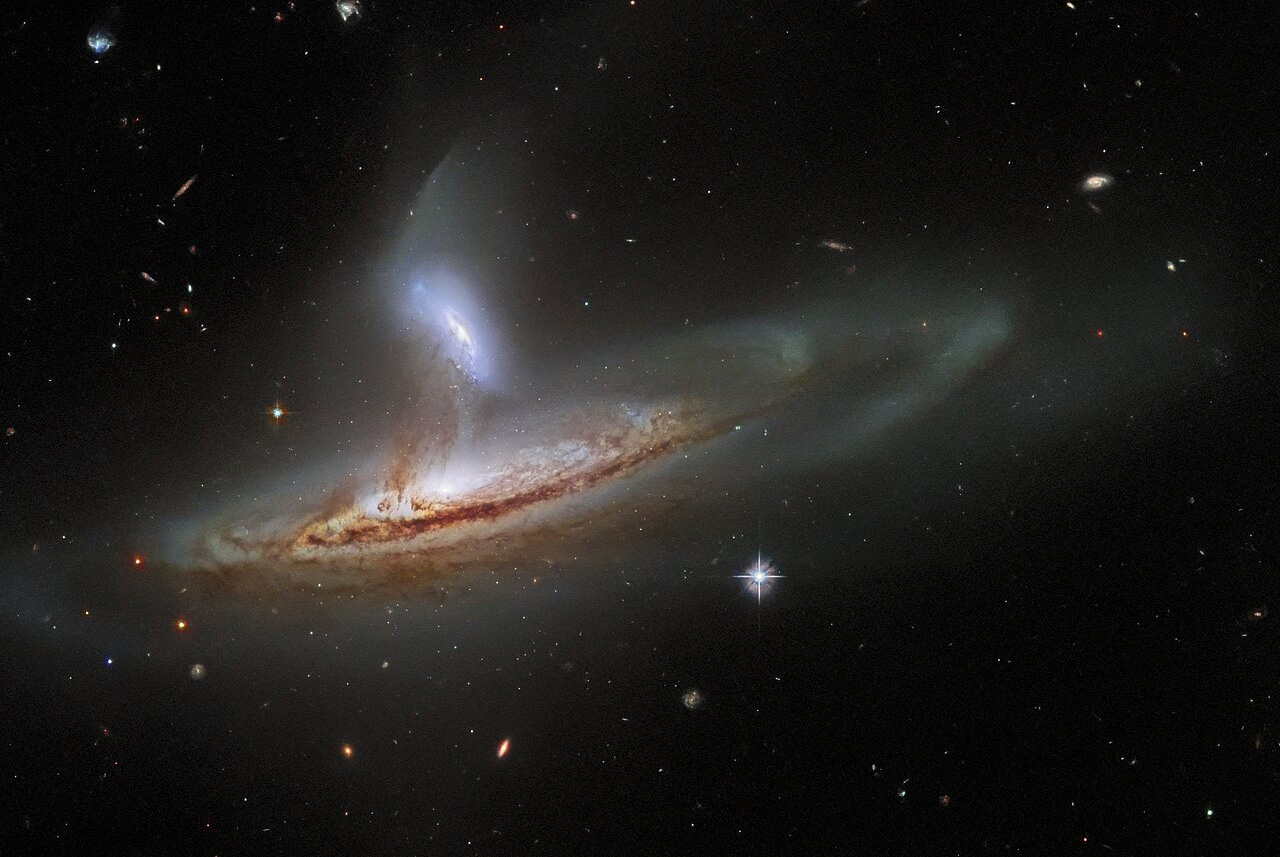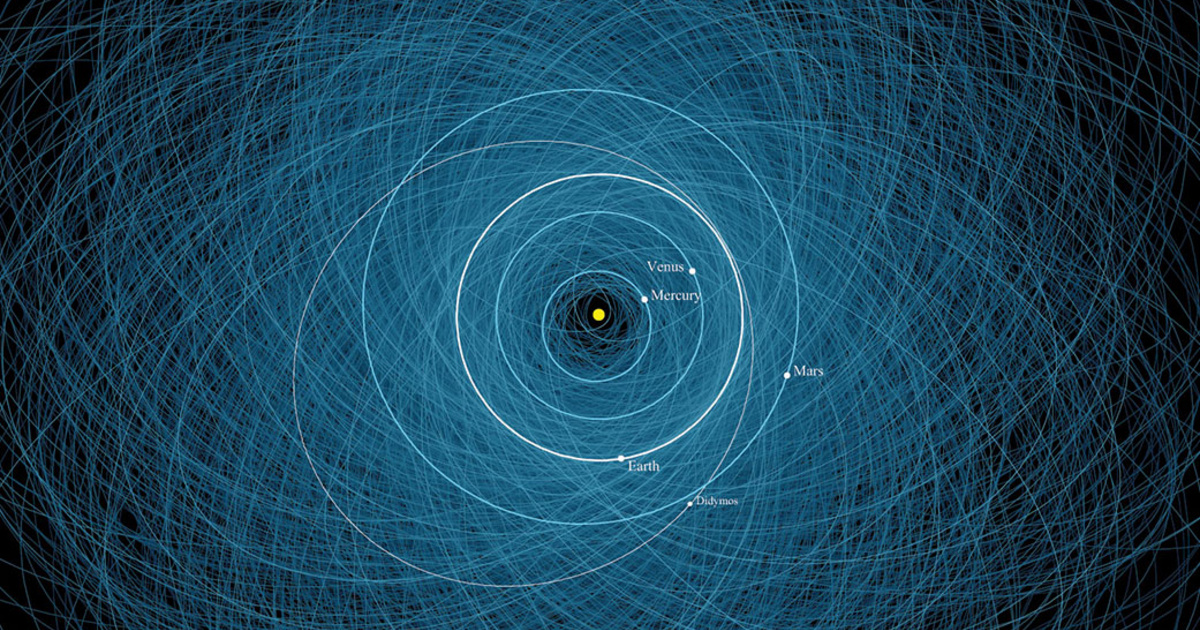In recent months, several large-sized asteroids have approached Earth, including the size of the Eiffel Tower and the size of the Empire State Building. We only took this a few million kilometers away, which seems like a great distance, but is insignificant on an astronomical scale.
Astronomers are clearly disturbed by the fact that they are experimenting with active hijacking and throwing an atom at dangerous asteroids in simulations. The US space agency is now putting another tool under surveillance against asteroids that threaten the planet: an algorithm.
The role of a system called Sentry-II is to quickly calculate the orbits of all near-Earth asteroids. The program replaces the first Sentry used since 2002.
His predecessor knew his weaknesses: although he precisely formulated the path determined by the forces of gravity, he ignored Yarkovsky’s influence. The Yarkovsky effect is caused by the warming effect of the Sun and the uneven thermal radiation of an object orbiting in space, which affects the orbit of asteroids independently and very little, but causes great variability over the years or decades.
Photo: NASA/JPL-Caltech
Sentry also had difficulty predicting asteroids that come very close to Earth and bounce off the gravitational field at strange angles. In Sentry-II, these weaknesses were addressed. While previous attempts have been made to get to the exact path, the new algorithm depicts a region of uncertainty of thousands of points. For this reason, Sentry-II, for example, is more effective at detecting very low-probability collision paths that the First Sentinel has not yet recognized.
Since the consequences of an asteroid collision are very large, it is useful to find the lowest risks in the data
Steve Chesley of NASA, who worked on both systems, noted.
We currently know of 27,000 near-Earth asteroids and just over a hundred near-Earth comets, and that number will only increase. These are considered potentially dangerous objects greater than 140 meters in diameter.
A really deadly impact can come from asteroids with very low probability. The asteroid crash, the end of the dinosaurs, 66 million years ago, and a similar situation will surely slow GDP growth significantly.
(Next WebAnd universe today)











































